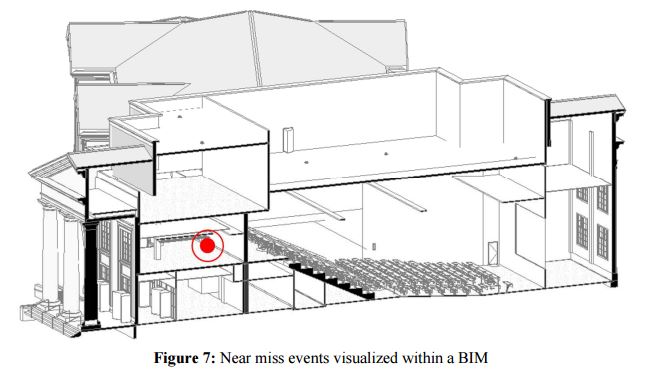Construction Accident Prevention through Building Information Modeling (BIM)
 20% of the workers who die at work are construction workers but they represent only 4% of the employed workforce in the US. Hard hats are among the workers that have the most risk of being injured or even dying on the job. Sadly, most of these accidents are preventable.
20% of the workers who die at work are construction workers but they represent only 4% of the employed workforce in the US. Hard hats are among the workers that have the most risk of being injured or even dying on the job. Sadly, most of these accidents are preventable.
As technology develops, the construction industry has been relying more and more on Building Information Modeling (BIM) to develop its projects. BIM is used throughout the life cycle of a construction project to digitally monitor the design, the plan and the construction itself. BIM can also be used for safety management.
A recent short study published by the Center For Construction Research and Training shows how “near miss accidents” can be visualized in Building Information Modeling. The authors of the study are Dr Eric Marks and Xu Chen from the Department of Civil, Construction and Environmental Engineering at the University of Alabama. Dr Eric Marks recently hosted a free 30 min CPWR Webinar on this subject. The webinar can be seen here.
A near miss is “an incident where no property was damaged and no personal injury sustained, but where, given a slight shift in time or position, damage and/or injury easily could have occurred” according to the Occupational Safety and Health Administration (OSHA) definition. Construction professionals do not have to report near misses to OSHA. However near misses are reliable safety indicators while analyzing sites safety.
The study demonstrates that it is possible to use a simple BMI application to report and record near misses so they can be visualized. This visualization can be helpful for safety managers and other construction project stakeholders to visualize near misses and take adequate measures to prevent potential accidents at the location of the near miss.
Illustration above is from the study that can be downloaded here
 New York Personal Injury Attorneys Blog
New York Personal Injury Attorneys Blog


